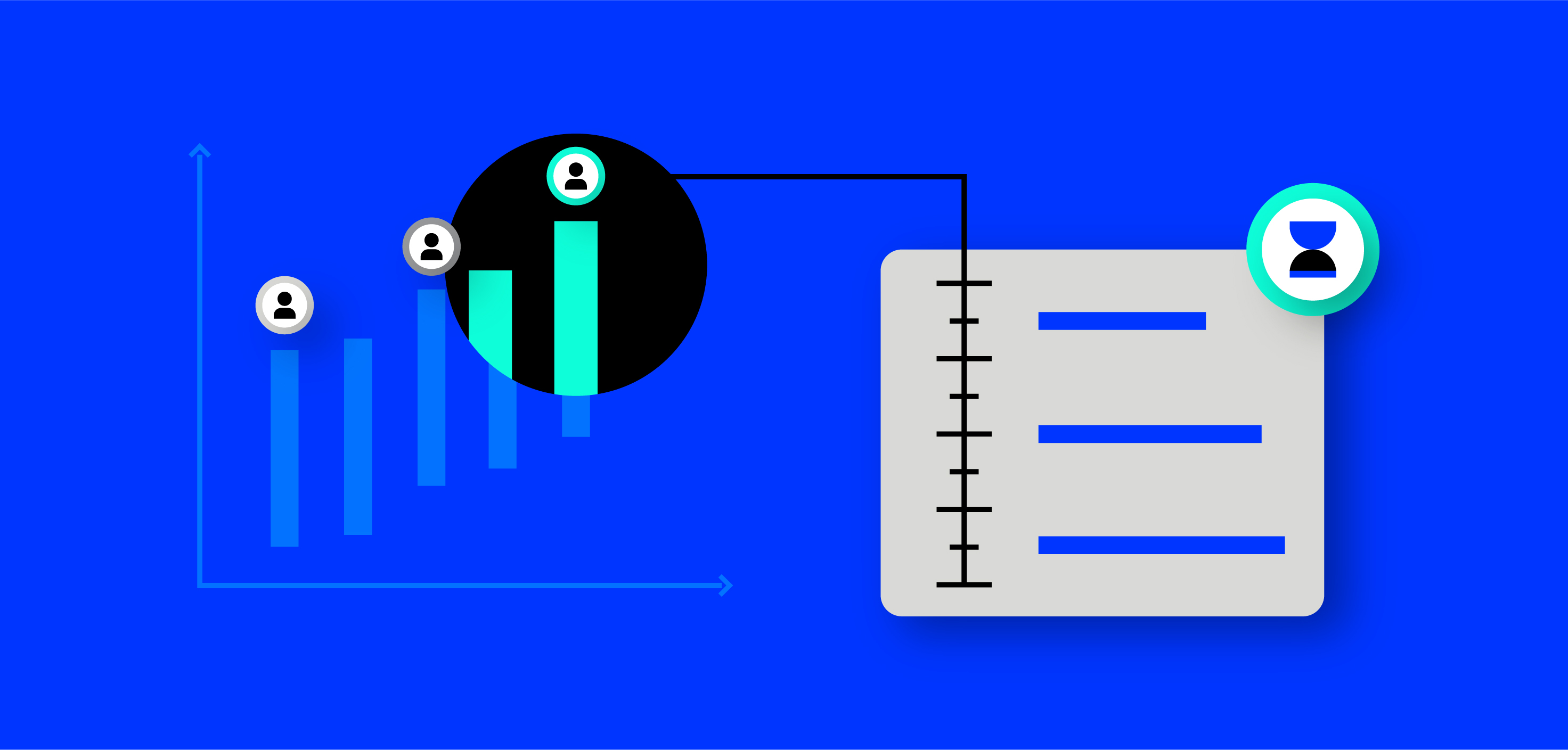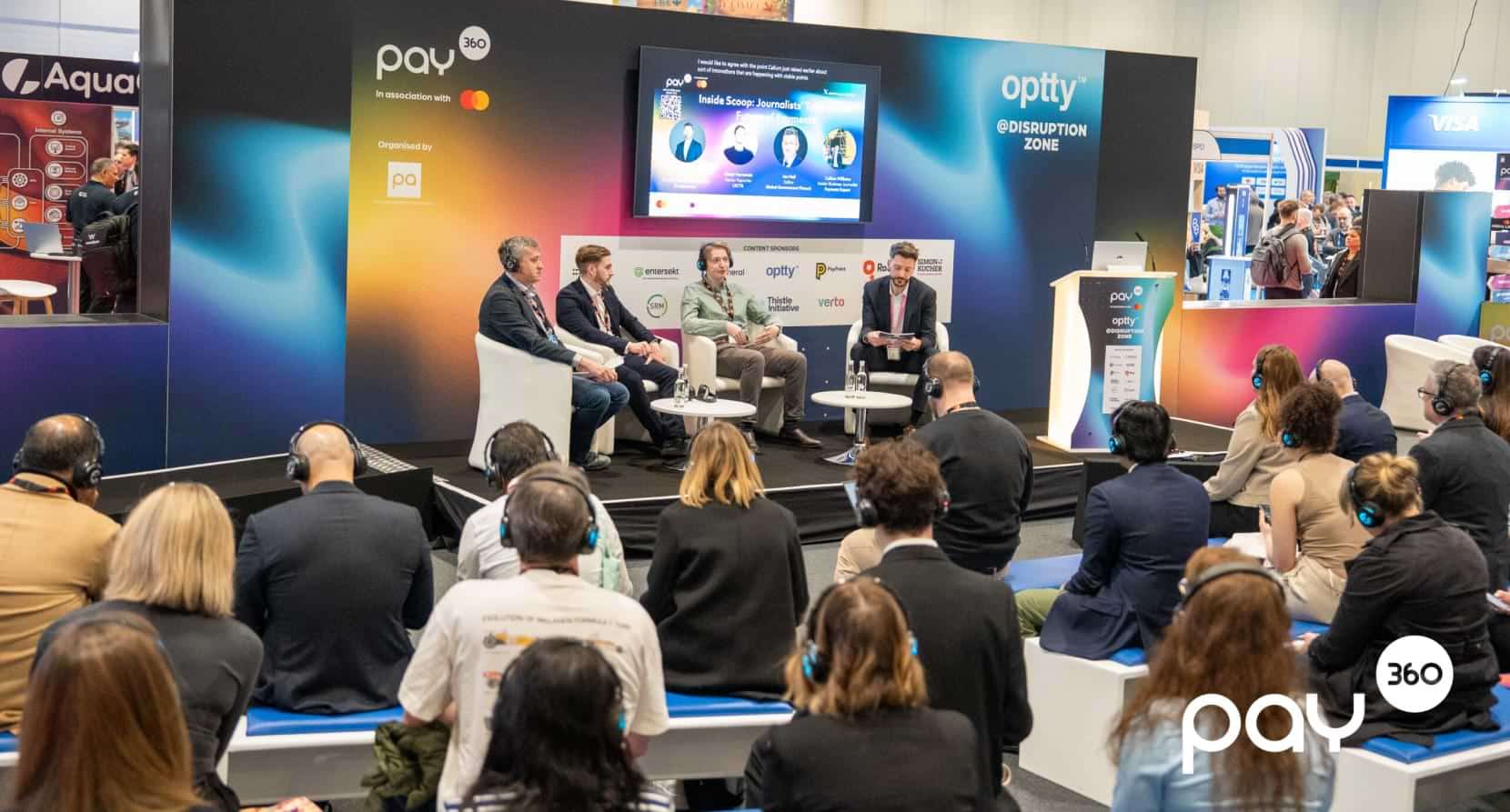Driving Customer Retention with Engagement Time Optimization
- Reading Time: 8 minutes
Engagement time optimization is essential for customer retention, helping businesses maximize interaction impact during peak engagement periods.
What is engagement time optimization?
Engagement time optimization is about harnessing data to pinpoint and capitalize on key moments of customer interaction. This strategy entails adapting marketing initiatives to match the general patterns and preferences of customer engagement, fostering greater loyalty and satisfaction. The emphasis lies on enhancing the overall value derived from the time customers spend with a brand, fostering deeper and more enduring relationships. This approach not only improves immediate customer experiences but also solidifies long-term brand loyalty.

How does engagement time affect the customer experience?
Engagement time between a customer and a brand is crucial for customer experience. Positive and meaningful interactions enhance satisfaction, loyalty, and brand perception. They also allow for personalized service and stronger customer relationships. In some cases, customers may prefer quick and efficient engagements, highlighting the importance of balancing interaction duration with quality.
Sign up to drive your business with the power of data
The role of engagement time in customer retention
Engagement time directly influences key aspects like customer satisfaction, loyalty, and the effectiveness of retention strategies. The quality, rather than just the quantity, of engagement plays a pivotal role in keeping customers loyal. Efficient, clear communication keeps customer engagement high without overwhelming them, reducing the risk of app uninstallation or preference deactivation. This strategy strikes a balance in interaction frequency and content.
Businesses that fine-tune their engagement strategies can significantly boost long-term customer retention. Tailoring these interactions to individual customer needs takes the experience a step further, meeting and often exceeding expectations. Efficiently managing engagement time is also critical for maintaining a robust customer base, thereby enhancing overall business success.
How does engagement time influence customer retention?
Engagement time plays a crucial role in customer retention. When customers spend more time engaging with a brand, it indicates their satisfaction and interest. By optimizing engagement time, businesses can increase customer retention rates and foster loyalty. The correlation between engagement time and customer retention highlights the importance of effectively managing this aspect to drive long-term customer relationships.
By efficiently managing and optimizing engagement time, businesses can improve customer loyalty and boost retention rates. It is an essential strategy for enhancing customer retention and maximizing the value of existing customers.
Effective customer engagement hinges on balanced and timely communication. This approach prevents overwhelming customers with excessive notifications and communication, reducing the risk of them disabling preferences or deleting the app. Optimal, direct communication keeps customers engaged without overstepping boundaries.
The correlation between engagement time and customer loyalty
By strategically optimizing engagement time, businesses can not only cultivate and retain loyal customers but also transform them into brand ambassadors. This focused approach enhances customer acquisition by making experiences more appealing and personalized, thereby increasing the stickiness of existing customers. In doing so, it plays a crucial role in not just retaining satisfied customers but also in attracting new ones.
Furthermore, through more targeted and relevant communications, businesses can significantly improve the customer experience, leading to higher conversion rates. This sustained, positive engagement is key to building and maintaining long-term customer loyalty and driving business growth.
Engagement time and its impact on customer lifetime value (LTV)
Engagement time is a key determinant in assessing customer lifetime value (LTV). Its effective management, through focused and timely delivery messaging using analytical tools like Dataroid, allows businesses to tailor their strategies based on customer behaviors and historical patterns. This targeted approach leads to more meaningful communications at optimal times, enhancing the quality of customer interactions.
Understanding and leveraging these insights is crucial for customer retention, a major driver of LTV. By personalizing experiences and employing best practices, companies can not only increase the average purchase value but also optimize the frequency of purchases. This optimization contributes to transforming customers into loyal brand advocates, thereby extending their lifespan with the brand. In essence, the strategic management of engagement time is vital for nurturing and retaining customers, which in turn significantly elevates the overall customer lifetime value.
Techniques for measuring engagement time
Measuring customer engagement time involves leveraging key metrics and data-driven techniques. It encompasses the analysis of customer interaction and retention strategies to accurately assess the time spent by customers. This optimization relies on the precise evaluation of customer time spent, allowing companies to tailor their approaches to meet customer expectations and enhance their overall digital experience.
Key metrics for evaluating engagement time
Evaluating customer engagement time relies on key metrics crucial for measuring interaction time and providing insights into customer retention strategies. These metrics facilitate data-driven analysis, essential for understanding and optimizing retention approaches. Analyzing these engagement metrics offers valuable insights into customer behavior, allowing businesses to tailor their retention strategies effectively.
The following metrics can be tracked to effectively evaluate engagement time, which you can view via the digital analytics and customer engagement platform Dataroid:
- Session Duration: Measures the length of time a user spends in a single session on your digital platform. Longer sessions can indicate more in-depth engagement.
- Page Views: Tracks the number of pages a user visits during a session. More page views can suggest higher interest and engagement with the content.
- Bounce Rate: The percentage of visitors who navigate away from the site after viewing only one page. A lower bounce rate often signifies more effective engagement.
- Frequency of Visits: How often users return to your digital platform. Regular return visits suggest ongoing engagement.
- Average Time on Page: The average amount of time users spend on specific pages. Longer times can indicate higher interest in particular content.
Strategies for optimizing engagement time
In the fast-paced, competitive landscape of the digital era, the optimization of engagement time stands as a cornerstone for businesses aiming to enhance customer experience and foster lasting customer retention.
By creating personalized experiences and leveraging technology, businesses can greatly enhance customer connections, boosting satisfaction, and building a loyal customer base. These efforts in optimizing engagement time are key to gaining a competitive edge and achieving long-term success in the digital marketplace.
Personalizing user experience to increase engagement time
To increase engagement time, tailoring content and product recommendations to specific user preferences is crucial. Leveraging data for personalized email marketing and chatbot-based customer service enhances engagement by tailoring interactions to individual preferences. Strategic use of pop-ups guides users within the digital journey, effectively integrating them into a cohesive and personalized marketing funnel. Offering personalized discounts and promotions based on customer behavior and leveraging personalization all contribute to a more engaging customer experience, ultimately increasing engagement time and driving customer retention.
The role of content quality in engagement time optimization
When optimizing engagement time, creating high-quality, relevant, and valuable content for the target audience is essential. The content must be visually appealing, easy to consume, and interactive, utilizing storytelling techniques to enhance engagement. Integration of multimedia elements such as videos, infographics, and interactive tools is crucial. Analyzing customer feedback enables continuous improvement of content quality, ensuring that it resonates with the customer base and meets their expectations. Leveraging personalization and implementing best practices in content creation can go a long way in boosting engagement time and customer retention.
Enhancing UI & UX for better engagement
Enhancing the user interface and user experience involves optimizing design for easy navigation, implementing responsive layouts, and streamlining checkout processes. Visual appeal and interactive elements are enhanced to captivate user attention, while gathering feedback drives data-driven improvements. This approach ensures intuitive, seamless experiences across devices and reduces friction to increase conversions. It also leverages personalized content and actionable insights from customer data to enhance engagement.
Using engagement time optimization for customer retention
Engagement Time Optimization is a powerful strategy for boosting customer retention. By pinpointing the moments when customers are most active and receptive to your messages, businesses can optimize their marketing efforts. This involves identifying peak engagement times, whether on social media, website visits, or email opens, and delivering compelling content during these windows. This data-driven approach helps create stronger connections with customers, foster brand loyalty, and ultimately improve retention rates, ensuring that every interaction counts.
How to predict customer digital churn using engagement time data?
Analyzing customer engagement time and digital churn rate is key for effective retention strategies. By using machine learning to identify patterns in data such as visit frequency, shopping habits, and customer segmentation, businesses can predict and address potential churn. Proactive measures like tailored reactivation notifications and personalized offers based on past behaviors can re-engage customers at risk of leaving, such as sending targeted coupons to encourage their return, thereby enhancing customer loyalty and reducing churn.
Techniques for using engagement time data to improve retention
Utilizing customer engagement time data, businesses can tailor retention strategies by segmenting customers and personalizing interactions based on behavior. The engagement varies across industries, like peak banking activity during salary periods or seasonal fluctuations in aviation. Retail and e-commerce sectors see significant impacts during campaigns.
Using Dataroid, companies can analyze both general and customer-specific data for optimal timing of communications. This includes effective in-app messaging for upselling or cross-selling, timely campaigns to increase participation, and push notifications to reach a broader audience. This approach helps identify and re-engage potential churn customers, enhancing loyalty with personalized content, and attracting new customers, thus maximizing retention and acquisition efforts.
Frequently asked questions about engagement time optimization
Can I apply engagement time optimization techniques to mobile users?
Engagement time optimization techniques can be effectively applied to mobile users. Considering their shorter attention spans, it is crucial to optimize content for their specific needs. Responsive design ensures a seamless experience across devices, while personalized recommendations and notifications help keep mobile users engaged and coming back for more.
Can engagement time optimization improve conversion rates?
Engagement time optimization is a powerful strategy for improving conversion rates. By optimizing the time customers spend engaging with your content, you can increase their likelihood of converting. It involves analyzing data to determine the best ways to keep customers engaged and ultimately drive more conversions.
How to balance engagement time and user satisfaction for better retention
Survey customers regularly to measure satisfaction with engagement time. To monitor user behavior and optimize for better engagement, use analytics platforms such as Dataroid that allow you to examine your users’ digital interactions and behaviors in detail. Implement personalized content and targeted messaging to increase user satisfaction. Continuously monitor and adjust strategies to maintain the balance between engagement and user satisfaction.
How long does it take to see results from engagement time optimization?
The time it takes to see results from engagement time optimization can vary. It may take weeks or even months to see significant improvements in customer retention. Consistency is key when implementing engagement time optimization strategies. Monitoring and analyzing data regularly can help track progress and adjust strategies accordingly.
Can engagement time optimization be used across different platforms and channels?
Engagement time optimization can be effectively implemented across different platforms, including a company’s website, mobile app, and other internal data sources. This approach enables a unified strategy to enhance customer interactions and experience across all channels.
What are some common mistakes to avoid when optimizing engagement time?
Avoid assuming longer engagement time always leads to better retention. Neglecting personalized content and relevant recommendations is another mistake. Don’t focus solely on increasing engagement time without considering user experience quality. Regularly monitor and analyze engagement metrics to avoid mistakes in optimization.
Key Takeaways

YOU MAY ALSO LIKE
Drive your digital growth
Schedule a demo today to learn more on how we can help you unleash the potential of digital using Dataroid.





